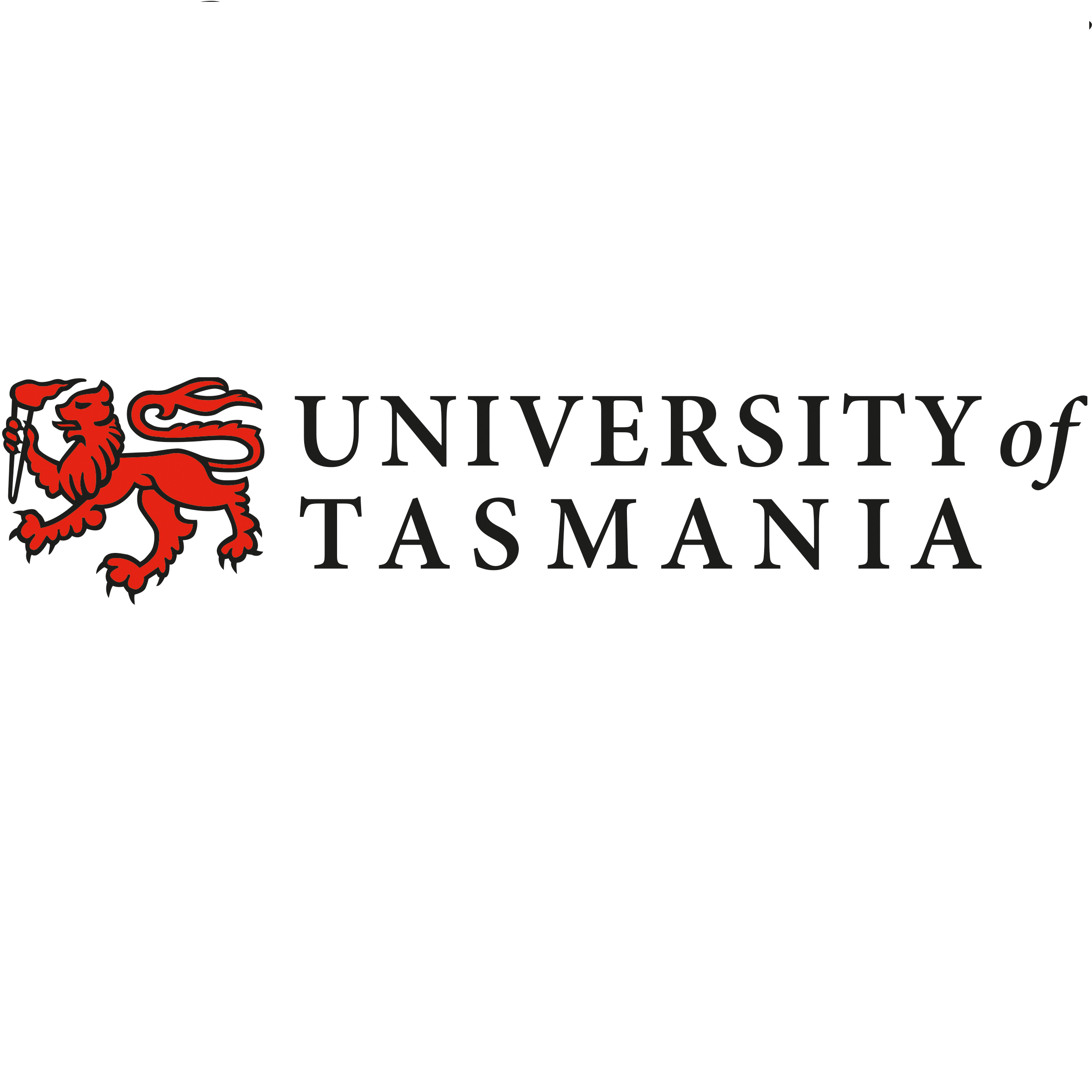Brief description
This submission creates a static snapshot of data from the Autonomous Underwater Vehicle (AUV) and stereo-BRUV annotation data from the National Environmental Science Program (NESP) Elizabeth and Middleton Reef survey. More details on the survey can be found at https://www.nespmarine.edu.au/document/elizabeth-and-middleton-reefs-lord-howe-marine-park-post-survey-report.
Lineage
Maintenance and Update Frequency: notPlanned
Statement: Autonomous Underwater Vehicle datasets were collected using IMOS AUV Facilities AUV Sirius and AUV Nimbus, operated by the Australian Centre for Field Robotics, University of Sydney. AUV Sirius (~200 kg) is a modified version of Seabed class AUV and is equipped with a variety of navigational sensors including GPS, Ultra Short Baseline Acoustic Positioning System (USBL) and forward looking obstacle avoidance sonar, to enable precise tracking of the vehicle and high precision geo-referenced image acquisition. Seabed images were collected with a synchronized pair of high-sensitivity 12 bit, 12 megapixel cameras (AVT Manta G-1236 CMOS). Illumination is achieved by four 900W LED strobes mounted in the fore and aft sections of the vehicle and are synchronised with the cameras (see Williams et al. 2012 for full specifications).
AUV Nimbus (~120 kg) is a custom designed and developed mid-size robotic vehicle equipped with a suite of instruments and sensors including high-resolution stereo cameras, depth sensor, Doppler Velocity Log (DVL), Compass, Inertial Measurement Unit (IMU), Ultra Short Baseline (USBL), forward and downward looking obstacle avoidance sonar and a conductivity/temperature sensor. Seabed images were collected with a synchronized pair of high-sensitivity 14 bit, 6 megapixel cameras (AVT GT2750). Illumination was achieved by two 1944W LED strobes mounted in the fore and aft sections of the vehicle, and are synchronised with the cameras.
AUV transects were pre-programmed so that each AUV surveyed the seabed at an altitude of 2 m and a cruising speed of 0.5 m per second. All deployments were conducted during daylight hours over 7 days in February 2020in seawater depths ranging from 10–120 m. Deployments followed national
best practice procedures as outlined in Monk et al. (2020). The sampling design for AUVs was intended for spatially balanced sampling across depths 20–120 m (inner shelf to shelf break), around the shelf of Elizabeth and Middleton Reefs, through randomized allocation of sample locations in R-package MBHdesign (Foster et al.
2020). Inclusion probabilities within the sampling design were weighted towards complex and reef-associated habitats from previous bathymetry data. Locations sampled in reality ranged from complex coral reefs to unconsolidated sandy/gravel seabed. Weather conditions experienced during the voyage meant that the intended spatial balance within the sampling design was not achieved in its entirety, with sampling around Middleton Reef restricted to the NWW and SSE aspects of the shelf and the NWW aspect of Elizabeth Reef.
All AUV imagery (SQUIDLE+ Campaign: EMR202001) and associated annotations are hosted on SQUIDLE+, with annotation data publically available here: https://squidle.org/api/annotation/export?q={%22filters%22:[{%22name%22:%22annotation_set%22,%22op%22:%22has%22,%22val%22:{%22name%22:%22usergroups%22,%22op%22:%22any%22,%22val%22:{%22name%22:%22id%22,%22op%22:%22eq%22,%22val%22:346}}}]}&template=dataframe.csv&disposition=attachment&nologin=true&include_columns=[%22annotation_set_id%22,%22label.name%22,%22label.lineage_names%22,%22comment%22,%22point.data.user_created%22,%22needs_review%22,%22tag_names%22,%22point.media.key%22,%22point.media.path_best%22,%22point.media.timestamp_start%22,%22point.pose.timestamp%22,%22point.pose.lat%22,%22point.pose.lon%22,%22point.pose.alt%22,%22point.pose.dep%22,%22point.media.deployment.name%22,%22point.media.deployment.campaign.name%22,%22point.x%22,%22point.y%22]&f={%22operations%22:[{%22module%22:%22pandas%22,%22method%22:%22json_normalize%22},{%22method%22:%22sort_index%22,%22kwargs%22:{%22axis%22:1}}]}
The stereo BRUV datasets captured robust surveys of demersal fish assemblages on mesophotic shelf and shallow lagoon habitats. The sampling design for
stereo-BRUVs was intended for spatially balanced sampling across depths 0–120 m, within the lagoon and around the shelf of Elizabeth and Middleton Reefs, through randomized allocation of sample locations in R-package MBHdesign (Foster et al., 2020). Inclusion probabilities within the sampling design were weighted towards complex and reef associated habitats from previous bathymetry data. Locations sampled in reality ranged from complex coral reefs to unconsolidated sandy/gravel seabed. Weather conditions during the voyage meant that the intended spatial balance within sampling design was not achieved in its entirety.
Overall, 136 stereo-BRUVs were deployed at Middleton Reef (26 around the northern perimeter, 36 around the southern perimeter and 74 within the lagoon) to sample fish
assemblages and associated benthic habitats. Only 34 stereo-BRUVs were deployed at Elizabeth Reef due to the early termination of the survey (31 on the northwestern shelf and three within the confines of the lagoon). Each stereo-BRUV comprised a pair of high-definition video cameras inwardly converged at 7º to provide an overlapping field of view. To maximise calibration stability, the systems used a purpose-built, dual housing mounted on a base-bar designed to minimise camera movement within the housing, and between cameras. These stereo pairs were fixed to a galvanised steel bar within a trapezium-shaped frame, which was weighted to ensure stability on the seafloor.
Each stereo-BRUV was baited with ~1 kg of pilchards (Sardinops spp.) contained within a plastic-coated wire mesh basket, attached to a conduit rod and positioned ~1.2 m in front of the cameras. Bait was crushed to promote the dispersal of the flesh and fish oil. Each deployment was left to film remotely for at least 60 minutes on the seafloor before being retrieved and re-deployed. Concurrent deployments were separated by at least 250 m to reduce the likelihood of fish swimming between neighbouring stereo-BRUV deployments. Deployments followed the best practice operating procedures outlined in Langlois et al. (2020a, b).
Raw BRUV data is hosted here: https://globalarchive.org/geodata/explore/?filters={%22deployment_campaign_list%22:[993]}
Notes
Credit
National Environmental Science Program (NESP) Marine Biodiversity Hub
Credit
This work was undertaken for the Marine Biodiversity Hub, a collaborative partnership supported through funding from the Australian Government’s National Environmental Science Program (NESP). NESP Marine Biodiversity Hub partners include the University of Tasmania, CSIRO, Geoscience Australia, Australian Institute of Marine Science, Museums Victoria, Charles Darwin University, the University of Western Australia, Integrated Marine Observing System, NSW Office of Environment and Heritage, NSW Department of Primary Industries. We thank ACFR IMOS AUV team for access and deployment of the IMOS AUV Sirius and AUV Nimbus. This Facility is supported by Australia’s Integrated Marine Observing System (IMOS) – IMOS is enabled by the National Collaborative Research Infrastructure Strategy (NCRIS). It is operated by a consortium of institutions as an unincorporated joint venture, with the University of Tasmania as Lead Agent. We also acknowledge the support provided by the Director of National Parks, particularly Cath Samson from Parks Australia.



